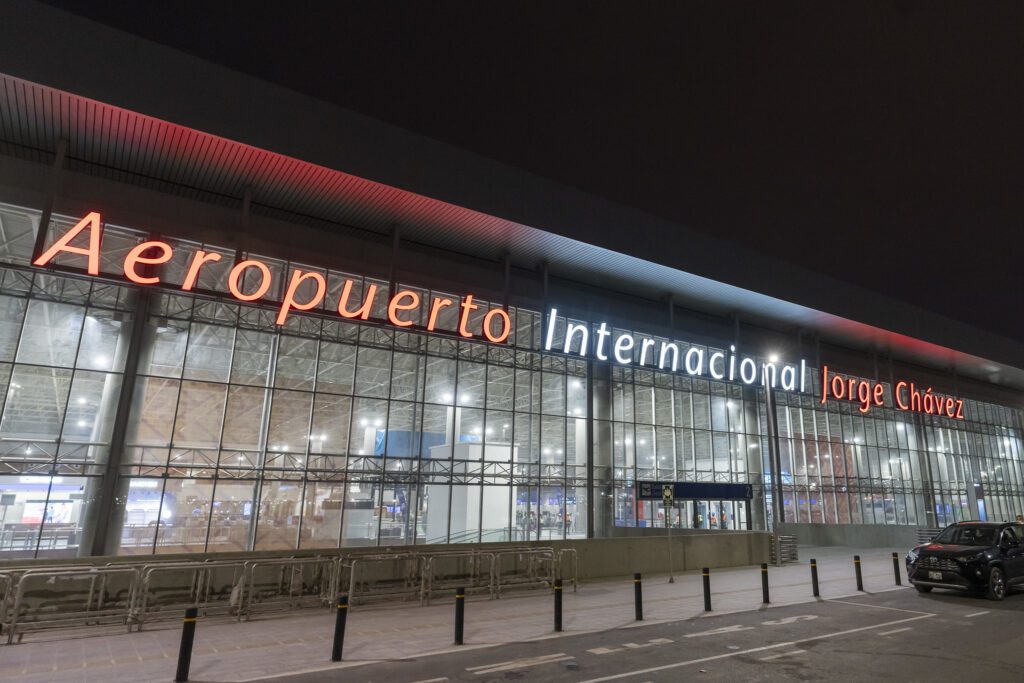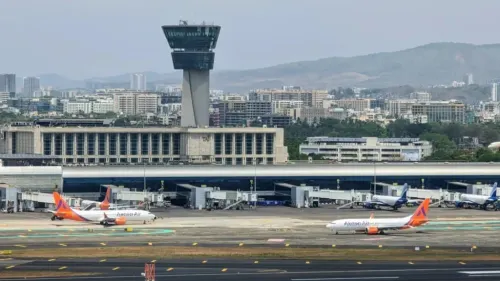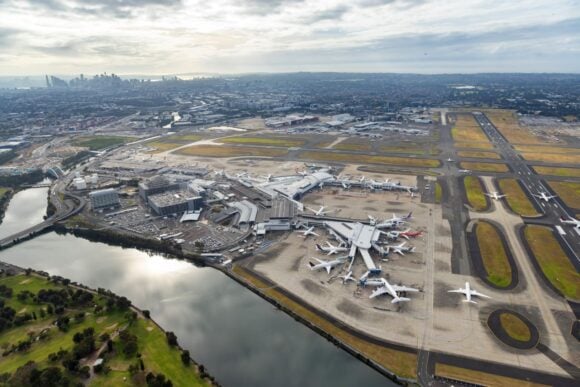
Lima Perú Airport
On December 7, 2025, the Jorge Chávez International Airport (LIM) will cross a dangerous threshold. It is not a physical boundary—the new terminal is a marvel of modern engineering—but a bureaucratic one. As of that date, the implementation of the Transfer Unified Airport Use Fee (TUUA) goes live for international transit passengers. What on paper appears to be a standard recouping of infrastructure investment—approximately USD 12.00 per passenger—has in practice devolved into an operational anomaly: a manual, separate payment required from passengers in the middle of their journey.
This decision introduces friction into a system that relies on fluidity. For the burgeoning Low-Cost Carrier (LCC) market in Peru, it acts as a disproportionate drag on demand. Furthermore, it forces airlines into a precarious position regarding their own customers, necessitating a strategic pivot in how they communicate the cost of travel without scaring away bookings.
The Mechanics of Friction
In the global aviation ecosystem, taxes are almost always invisible. They are embedded in the ticket price under the “IATA standard,” collected by the airline at the point of sale, and quietly remitted to the airport authority. The passenger never thinks about them, and the transfer process remains seamless. In Lima, this chain has broken. Following a standoff where airlines refused to act as retention agents—citing a loss of competitiveness against regional rivals—Lima Airport Partners (LAP) has been forced to collect the fee directly.
This failure to reach a commercial agreement means that passengers connecting from Buenos Aires to Mexico City, or Santiago to Miami, must physically stop their journey to settle a debt. They must locate a kiosk, interact with a mobile agent carrying a wireless terminal, or navigate a web portal to pay the fee before they can proceed to their next gate. For a legacy carrier passenger paying $800 for a long-haul ticket, this is merely an annoyance. For the industry, it is a regression. But for the Low-Cost model, it is a fundamental disruption.
The Low-Cost Squeeze
To understand why this measure hits LCCs harder than their legacy counterparts, one must dissect the economics of the discount model. Airlines like JetSMART and SKY Airline operate on razor-thin margins and high asset utilization, relying on the volume of passengers stimulated by low fares. A twelve-dollar fee represents a negligible fraction of a legacy full-fare ticket, but for a JetSMART passenger booking a promotional fare of USD 50 for a Lima-Cusco or Lima-Santiago leg, this fee represents a surcharge of nearly twenty-five percent.
This fee artificially raises the barrier to entry, not by market force, but by administrative decree. It directly counteracts the “Southwest Effect”—the proven economic principle that lower fares stimulate new traffic—by adding a fixed cost that cannot be compressed by airline efficiency. Furthermore, LCCs rely on speed, with aircraft turnaround times measured in minutes. Introducing a physical payment step creates queues, and queues create delays. For a passenger self-connecting between two separate LCC tickets to save money, missing a connection because they were stuck in a line to pay a facility fee destroys the entire value proposition of the trip.
This friction threatens the connectivity strategy that carriers like SKY and JetSMART have recently pivoted toward. Both have moved beyond simple point-to-point networks to use Lima as a connecting hub. By forcing these connecting passengers to pay manually, Lima is effectively penalizing the very traffic segment these airlines are trying to grow. If a passenger can connect in Panama via Copa Airlines or in Bogota via Avianca without this friction, the advantage of “Hub Lima” evaporates.
The Communication Crisis
With the operational reality set, the burden of information falls squarely on the airlines, creating a specific crisis communication challenge. Airlines operating in Lima must now deploy a defensive information strategy to protect their brand equity, essentially framing the narrative as “don’t blame us.”
This begins at the booking stage. Airlines cannot hide the fee, but they must psychologically distance themselves from it. The most effective tactic is to exclude the warning from the initial price display to prevent a drop in click-through rates, placing it instead in the taxes breakdown with passive, regulatory language clarifying that this is a government mandate collected by the airport, not airline revenue.
The strategy intensifies during the pre-flight window, roughly 48 hours before departure. Since the ticket is already paid for and the risk of cart abandonment is gone, airlines must send dedicated alerts specifically for passengers with international connections. These communications will likely urge passengers to use the LAP payment portal immediately, attempting to shift the friction from the physical terminal to the digital realm before the passenger even leaves their home.
Finally, the cabin crew becomes the frontline of frustration. The standard “descent into Lima” announcement will inevitably change to include a final warning. Passengers will be instructed to have their proof of payment ready or prepare to pay at kiosks upon disembarkation, with the script carefully designed to emphasize that this requirement comes from the airport authority, absolving the flight crew of responsibility for the inconvenience.
The new Jorge Chávez terminal is a testament to private investment and infrastructure ambition, deserving its place as a key asset for Peru. However, infrastructure is hardware, while processes are software. Attempting to run a 2025 terminal with a manual collection process reminiscent of the 1990s is a glitch that threatens to crash the system. For the Low-Cost Carriers trying to democratize the skies of South America, that democratization has just been hit with a cover charge. In the high-stakes game of regional aviation, friction is the one thing a hub cannot afford.
Views: 75



